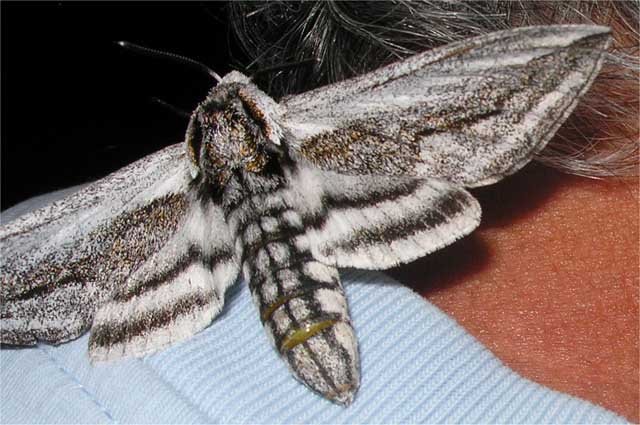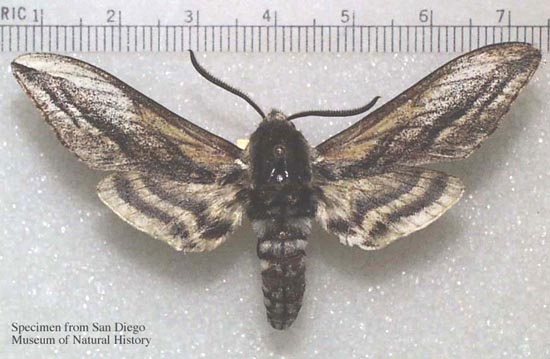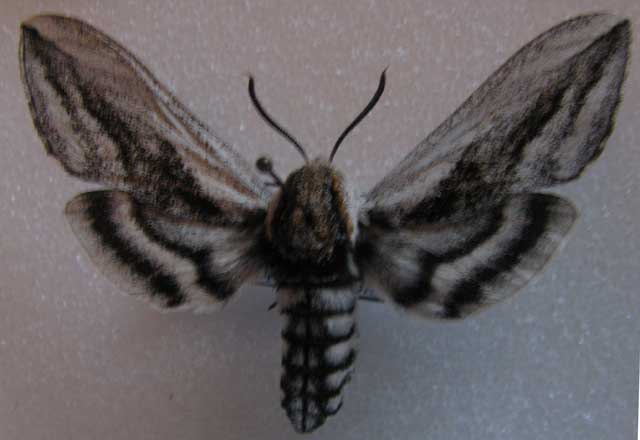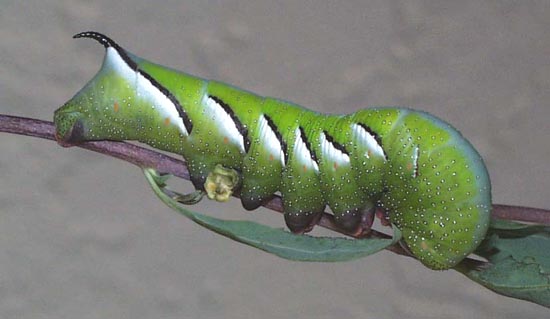
Sagenosema elsa, White Mountain Lake, Navajo County, Arizona,
August 14, 2010, courtesy of Alex Jones.
This site has been created by Bill Oehlke.
Comments, suggestions and/or additional information are welcomed by Bill.
TAXONOMY:
Family: Sphingidae, Latreille, 1802 |


